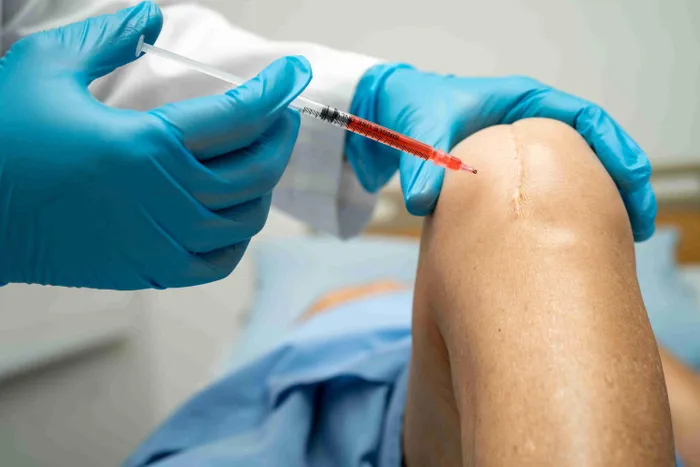Busting bone marrow donation myths: the truth behind the procedure

Bone marrow procedures are quick and painless.
Image: Supplied
As Bone Marrow Stem Cell Donation and Leukaemia Awareness Month approaches, the importance of demystifying bone marrow donation has never been clearer.
Murray Hewlett, CEO of Affinity Health, expressed the urgent need for clarity in people’s understanding of bone marrow donation.
“There’s a great deal of fear and misunderstanding around bone marrow donation,” he states. “We want to help educate the public and show that this life-saving procedure is far simpler and less painful than most people think.”
Currently, South Africa boasts just over 73 000 registered bone marrow donors. Alarmingly, only 10% of these donors are Black, which severely jeopardises the chances of patients from underrepresented communities in finding a compatible donor. Statistics reveal a stark contrast: Black patients face a mere 19% probability of finding a match, whereas white patients enjoy a 75% chance. By joining the South African Bone Marrow Registry, individuals could be that vital match for someone in desperate need.
Myths vs. Facts
The need for more donors is evident, yet persistent myths continue to deter potential volunteers. Here are the most common misconceptions:
Myth 1: Bone marrow donation is extremely painful. Fact: The modern process known as PBSC (Peripheral Blood Stem Cell donation) is like donating blood. While minor discomfort may occur, it's far less intense than expected, with most side-effects lasting just a day or two.
Myth 2: Surgery and hospital stays are required. Fact: Only around 10% of donors need a surgical procedure under general anaesthetic for extracting marrow. Typically, donors return home the same day.
Myth 3: Registering is complicated and invasive. Fact: The registration process is quick and non-invasive, requiring only a form and a cheek swab. You’ll only be contacted if you’re a match.
Myth 4: You can only donate to a family member. Fact: About 70% of patients do not find a suitable match in their families, underscoring the crucial role of national and global registries.
Myth 5: Donating will weaken your immune system. Fact: The body replenishes the donated stem cells within weeks, and long-term health remains intact.
Myth 6: Older people can’t register. Fact: While registries primarily seek healthy donors aged 18-45, those over this age can still support the cause through awareness and financial contributions.
Why Your Donation Matters
Thousands await a donor, with many, particularly children, facing life-threatening conditions like leukaemia where a transplant may be their only hope. The gap in registered donors remains a dangerous reality for patients who may die while waiting for a match.
Registering as a bone marrow donor is not just an act of altruism; it’s a powerful choice that can lead to life-saving outcomes. The fear and misconceptions surrounding the donation process should not deter potential donors, as the steps involved are both comprehensible and manageable.
As we commemorate Bone Marrow Stem Cell Donation and Leukaemia Awareness Month, all South Africans should consider the profound impact of becoming a donor. It transcends a medical procedure; it is an act of hope that can offer someone a second chance at life. By breaking down these myths and fostering awareness, we can assist many patients, especially from underrepresented communities, in finding the crucial match they need.
Your decision to become a donor, share information, or support those in treatment can considerably influence lives. Together, we can enhance the donor registry, reduce disparities, and save lives.